Before you can start to learn about the computer, you need to understand the basics of how computers work.
All computers, whether they are the smartphone in your hand or large, powerful servers, operate on the same basic principles.
These are input, processing, storage and output. Each component of a computer performs one of these functions, but they all work together to make the computer work.
In this week lesson, we will see how the computer processes information.
This is everything you may need to know about INFORMATION & COMMUNICATION TECHNOLOGY (ICT) FOR J.H.S 1.
- Data
Data is defined as “raw material” or unorganized facts.
- Information
Information is data that has been processed in such a way as to be meaningful to the person who receives it.
Main Differences Between Data and Information
- Data is a collection of facts. Information is how you understand those facts in context.
- Data is unorganized, while information is structured or organized.
- Data is not typically useful on its own, but information is.
- Data generally includes the raw forms of numbers, statements, and characters. Information doesn’t have to.
- Information depends on data.
In the world of computers, data is the input, or what you tell the computer to do or save. Information is the output, or how the computer interprets your data and shows you the requested action or directive.
Information Processing Cycle (IPC)
Information processing is the process of changing or converting information into meaningful information.
It is processed, categorized or classified data which is useful to the receiver.
The steps that data must follow to become useful information is known as information processing cycle (IPC).
Phases of the information processing cycle
There are four phases of the information processing cycle and they are:
- Input: Computer receives data and instructions.
- Process: Computer applies instructions to data to produce information (organized data)
- Output: Computer sends information to people in a usable format
- Storage: Saving the information for a subsequence use or use in the future

For instance, using the barcode reader to take a product ID (data), which is processed by the central processing unit (CPU) and the final result (total amount) etc is output on receipt paper by the printer. The processed information can then be stored for future reference or usage.
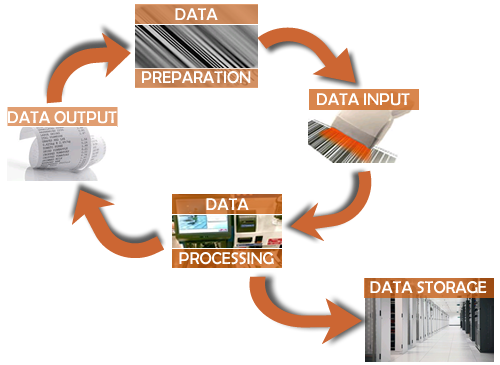
Input – Entering data into the computer
Feeding the collected raw data or data entry in the form of numbers, text, images and sound into the computer for processing.
Input can be done by utilizing input devices such as keyboards, mouse, scanners, barcode readers, joysticks, digital data tablets (for graphics drawing), electronic cash registers, microphones, web camera, digital camera, touchscreens, light pen.
After acquiring the data, it is then put into a recognizable format (converts it into a series of 1s and 0s, this is called binary code) that can be processed by the computer without any alteration to the data.



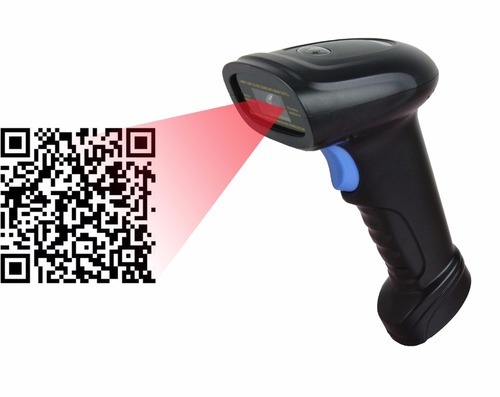


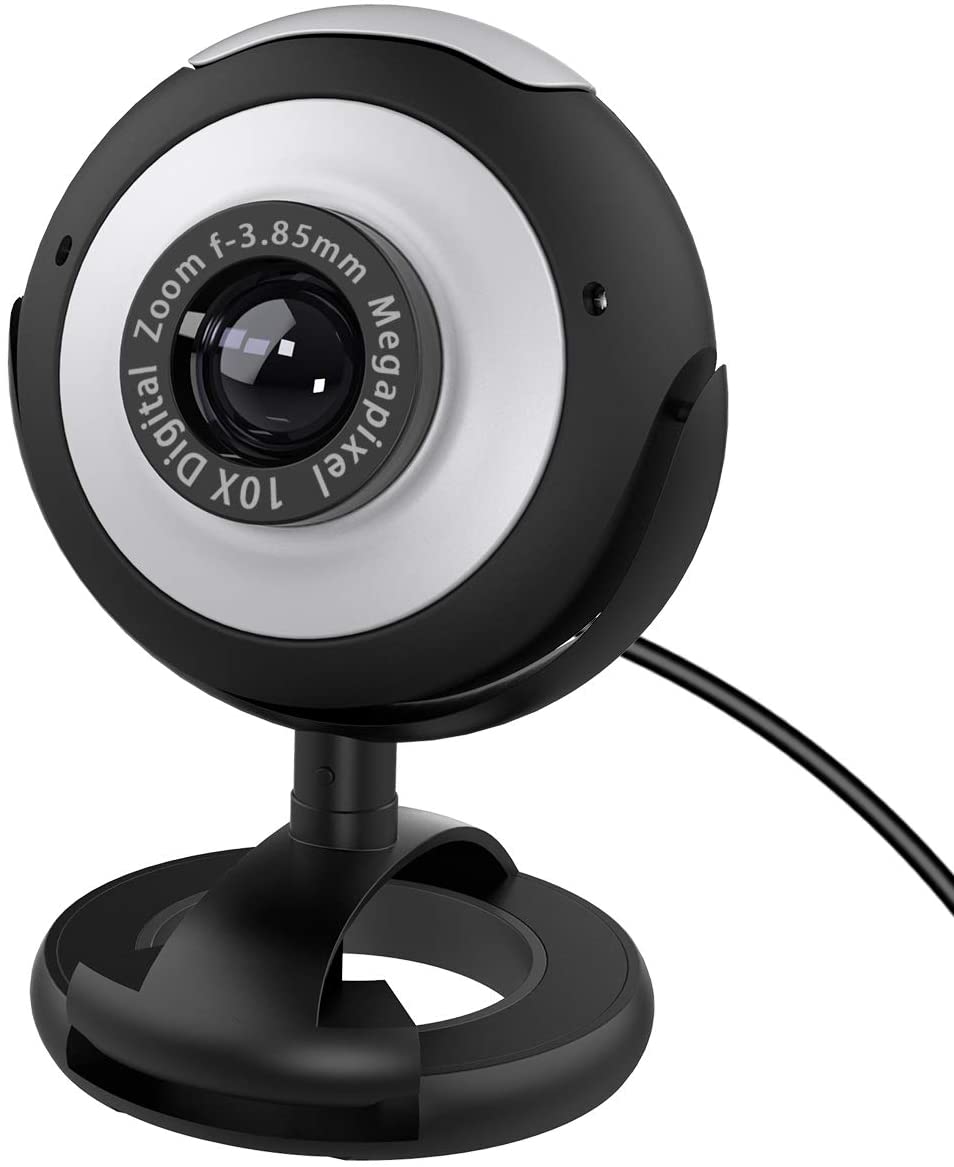
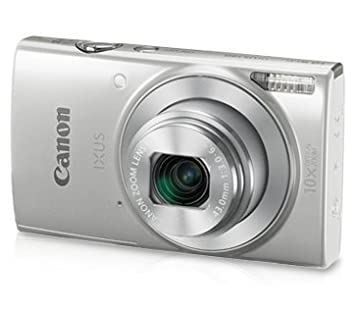

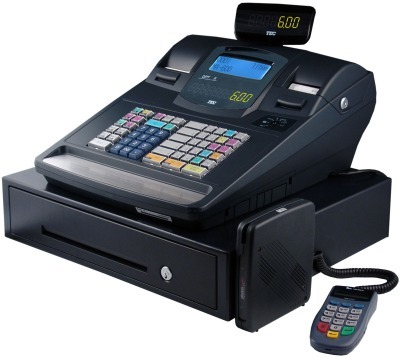
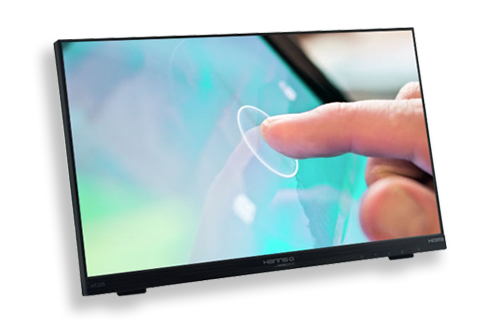
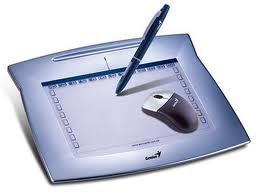
Processing – Performing operations on the data
Once the input is provided, the raw data is processed by a suitable or selected processing method into information, the data is edited, added to or removed from, to transform the unorganized facts into something meaningful and useful to the user.
The device used to change data into information is the system unit which contains the Central Processing Unit (CPU) of the computer.
The CPU is the crucial component for getting the operations done.
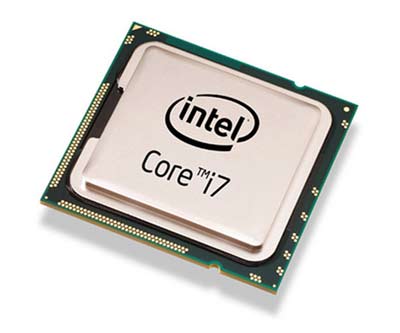
The CPU chip in the system unit is responsible for processing data into information. Some of the CPU chips include:
- AMD processors
- Intel Processors
The speed of processing depends on the computing power and processing power of the processor.
Processing can be done by using various processing software and computer system depending upon the requirement.
Storage – Saving data in a soft/physical form
The data which is to be fed and the output which will be generated needs to be stored. This stage is at times overlapping with the output stage since.
Storage can be done on various storage devices such as external hard disk, inbuilt hard disk, data centers, pen drives, micro SD cards, compact disks or even in registers.
There are many ways to store the data, but the basic process is as follows:
- The CPU writes the data to the computer’s temporary storage, or random access memory (RAM)
- The computer then waits for the user’s command to move the data from the RAM to more permanent storage. If that command is given, the computer writes the data to the disk drive
- Lastly, the computer saves the data in a location on the drive, either the default storage location or a location set by the user. The user can then recall this stored information at any time
You can also store information using external storage devices (for example USB drives or external hard drives).
Output – Results obtained, i.e., information
This is the outcome, and the raw data provided in the first stage is now “processed,” and the data is useful and provides information and no longer called Data. This might be further used for data visualization.
This can be used as it is or used for further processing along with more data.
Output device can be a paper or in form of display screen such as monitors or phone screen. The devices that aid in the output of information include the computer monitor, projector, printer and speakers.




How The Computer Transforms Data
The computer transform data into information using the information processing cycle.
The computer transforms data into information by receiving input from the input devices (mouse or keyboard).
The input device converts data from human language to machine language (binary codes made up of 0s and 1s) which the computer understands and then send it to the system unit for processing.
Depending on the speed of the processor, the data is worked on by the CPU to make it useful and relevant to the one in need of the information.
Once processed, the information is then displayed on the output device (Monitor or printer).
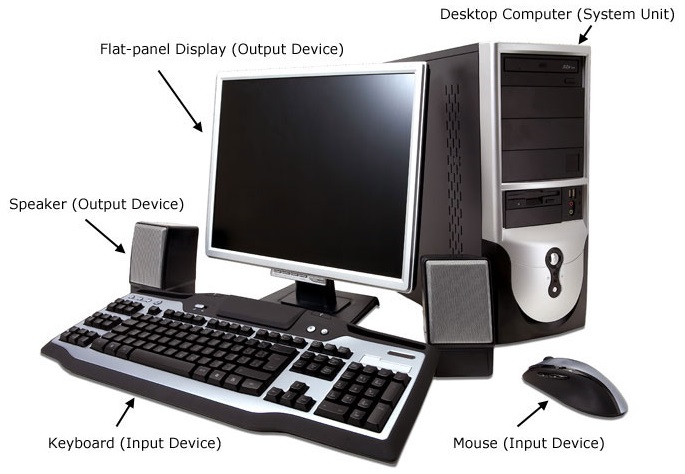
Activity
As a Junior High School student in Ghana, you should be able to understand and solve any question that comes under these activities listed below here.
- Define the term data
- Define the term information
- Differentiate between a data and information
- What are the phases of the information processing cycle?
- List three input devices
- List three storage devices
- List three output devices
- The …………………………. is responsible for the processing of data into information
